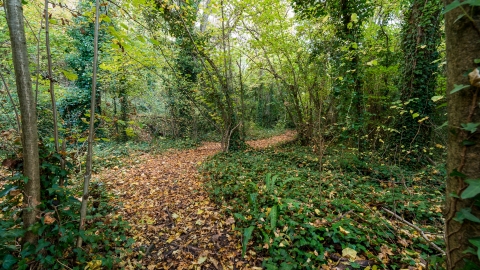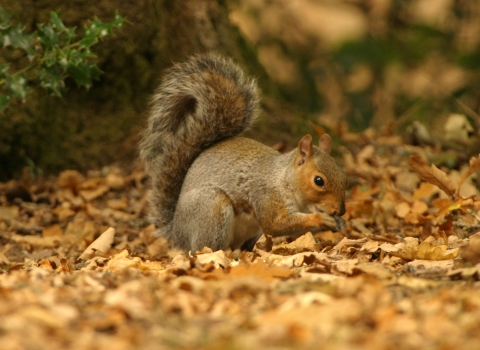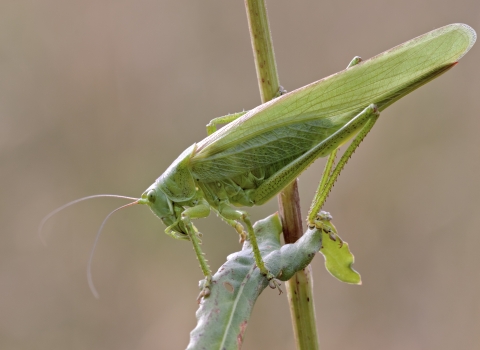
Thurlbear Wood - Matt Sweeting
Know before you go
Dogs
Visit the 'Dog walking on reserves' page in the Contact section for more information.
When to visit
Opening times
Open at all timesBest time to visit
All year round.About the reserve
The reserve lies on mildly calcareous mudstones and a narrow band of Blue Lias limestone which suites a wide range of wildflowers.
The woodland is dominated by Pedunculate Oak with a some Ash, Field Maple and lots of Hazel. Scattered throughout the woodland are a range of trees and plants that are very much indicators that this is an ancient woodland. They include the Wild Service tree, Small-leaved Lime, Wych Elm, Bird’s Nest orchid, Wood Anemone and Sweet Woodruff. If you come in spring look out for Early Purple Orchids and Goldilocks Buttercup.
As summer comes the open glades and rides are the places to look for flowers such as Yellow-Wort, Carline Thistle, Wild Thyme and Bee Orchid. The numerous old trees throughout the wood provide lots of hole nesting sites for Great and Blue Tits to flourish, and also nesting in holes in trees here are Greater Spotted and Green Woodpecker, and Nuthatches. Woodcock are occasionally seen here in winter.
In summer Speckled Wood butterflies are common throughout and the Silver-washed Fritillary also occurs. A range of other butterflies have been recorded in grassy areas including Grizzled Skipper, Dingy Skipper, Brown Argus and Duke of Burgundy.
This is a good place to look out for bats in the evening and Pipistrelle, Soprano Pipistrelle, Serotine, Bechstein's, Natterer's and Brown Long-eared amongst others have been seen. Dormice are also present as are Badgers. Roe Deer are relatively common. During summer Adders and Slow Worms might be spotted in sunny glades and rides.
Did you know Two hundred and thirty seven species of fungi have been recorded at the reserve including the Dotted Fanvault, Butter Waxcap and the Snowy Waxcap?
Reserve conservation management - The management aims to maintain the variety of habitats and species present within the wood. Some areas are coppiced in the traditional way; different blocks (coupes) are done on different length rotations. These coupes provide different age coppice which benefit different bird, plant and animal species. Some areas are managed much less intensively in an attempt to create original woodland conditions, in order to achieve this a proportion of the larger trees are occasionally felled and left to rot on the woodland floor.
The glades and rides are mown, and the cuttings removed, annually in the late summer or early autumn. This maintains the limestone grassland plants and associated butterflies.
Thurlbear Wood is also close to Blackdown Hills AONB and NT Wellington Monument.


